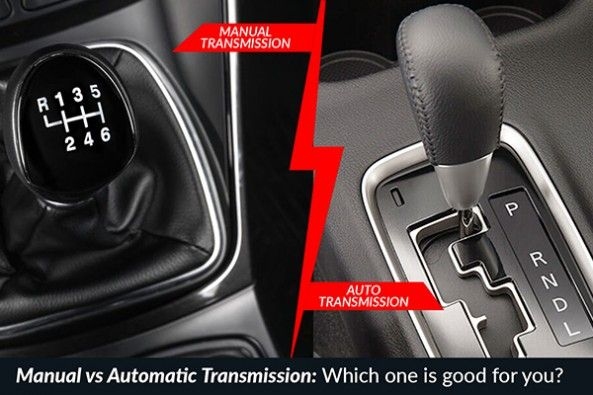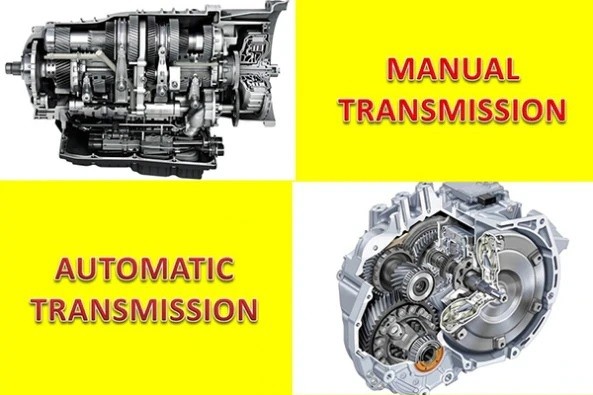Transmission, also known as gearbox, is an indispensable ingredient of any moving machine - be it a two-wheeler, three-wheeler, four-wheeler or a mammoth cargo truck. There are several types of gearbox options available in the market today. Gone are the days, when a buyer had to remain content with a manual gearbox as presently there are multiple transmission options available with a car. Predominantly, there are two kinds of gearbox types in the world: Manual and Automatic. The latter can be further classified into many sub-categories such as Automated Manual Transmission (AMT), Torque Converter Automatic, Continuously Variable Transmission (CVT), Dual Clutch Transmission (DCT) and many more. So, here in this piece, we will explain to you the primary and secondary differences between manual and automatic gearboxes.

The most basic difference between manual and automatic transmission is the absence of clutch pedal in automatic gearbox cars. It is the most visually noticeable difference that even an individual from a non-automotive background will be able to tell. Generally, manual units have a simplified structure with four or five gears besides the reverse gear while an automatic unit has four modes: Park (P), Reverse (R), Neutral (N) and Drive (D). The person driving a car with automatic transmission doesn't need to shift gears manually with increasing or decreasing speed. The driver just needs to be only aware about going forward, stopping the car, or going backwards.
As with every other thing in this world, manual and automatic gearboxes have their own pros and cons. The biggest advantage that manual gearbox gives over its automatic counterpart is that the driver has total control over the vehicle. It even enables the driver to skip one gear if the acceleration and speed have been increased instantly. For example, the driver can switch directly to fourth gear from the second gear without any hassle. The second big advantage of manual gearbox over automatic unit is that manual cars are relatively cheaper than the automatic ones. The first time buyers tend to go for a manual car as compared to automatic due to the simpleness and user-friendliness.
Enough of cons of automatic transmission (sic)! Lets now talk about the benefits that automatic gearbox offers over manual gearbox. The best thing about automatic units is that the driving is almost effortless as a driver doesn't need to bother about pressing the clutch or finding the relevant gear at the appropriate speed. It also offers an added advantage of driving smoothly and swiftly through thick city traffic as there is automatic transition between the gears and the driver doesn't need to adjust gears manually. Also, there are very less chances of automatic gearbox failing as compared to the manual units. As for fuel economy, both deliver almost equal in current times, albeit in a few exceptional cases the automatic cars delivering more fuel economy than manual cars.
Verdict
We would suggest automatic gearbox to people driving in urban areas as they find it easier to sail through without constant gear shifting and even not pressing the clutch once, which will subsequently result in a comfortable and fatigue free journey. On the other hand, if you are driving in rural and rocky terrains, we would suggest you to for a manual transmission equipped car as it will give the driver more control over the vehicle on such roads.





